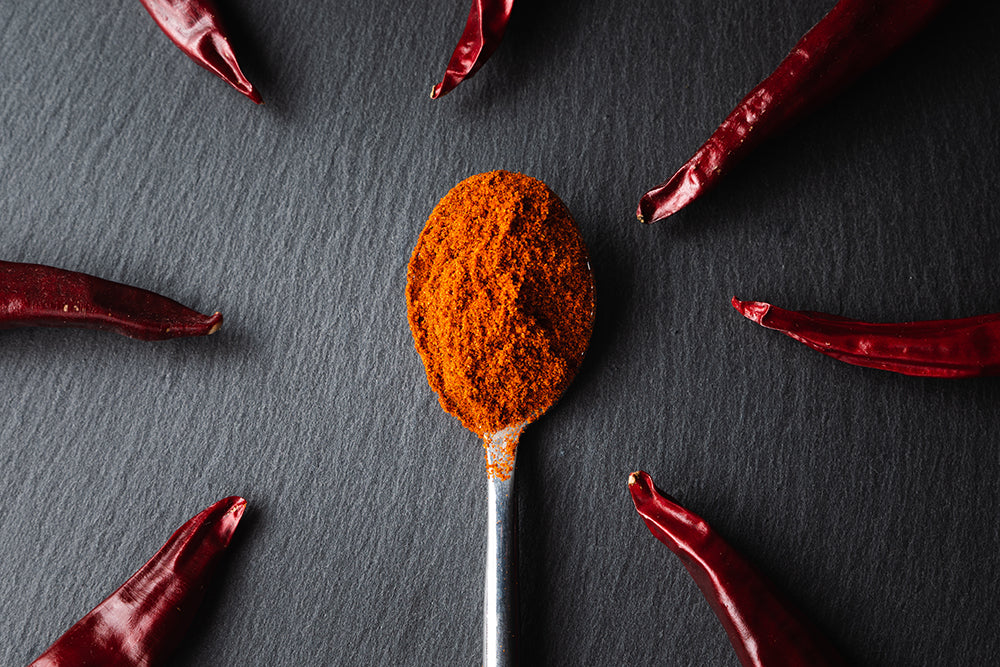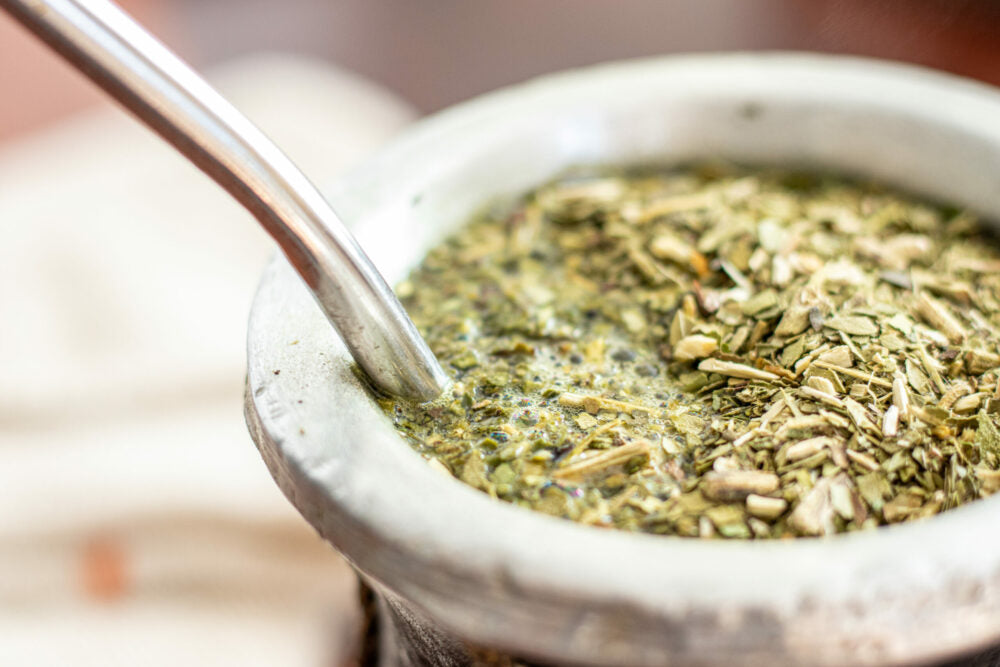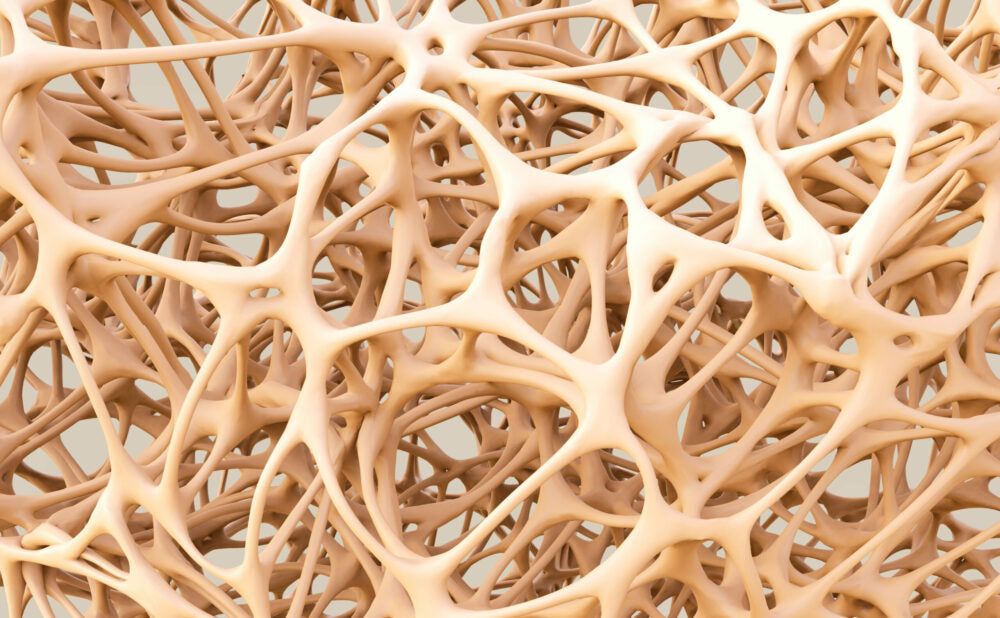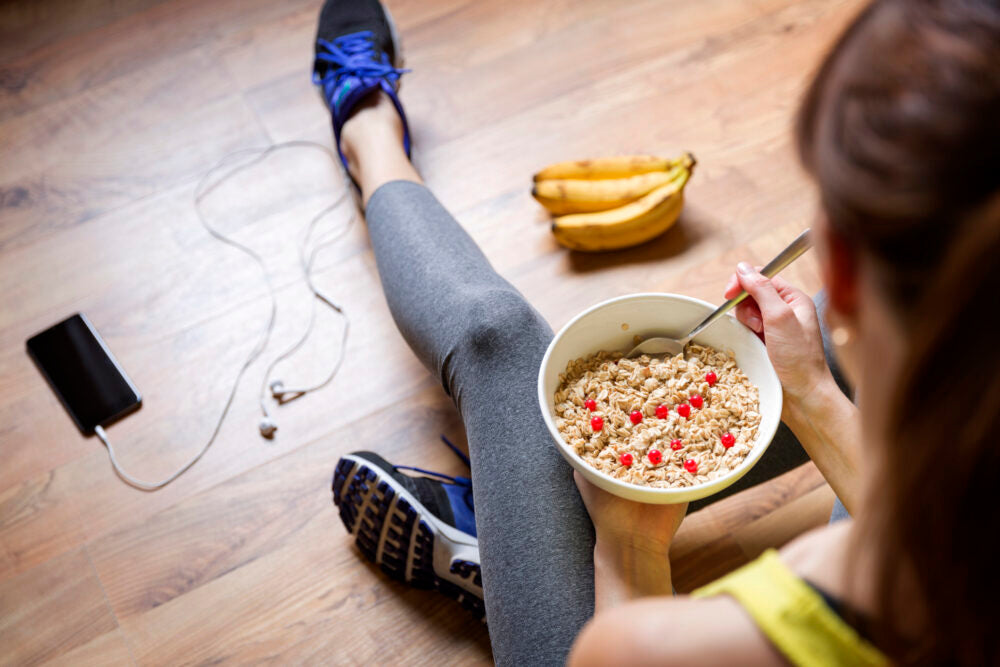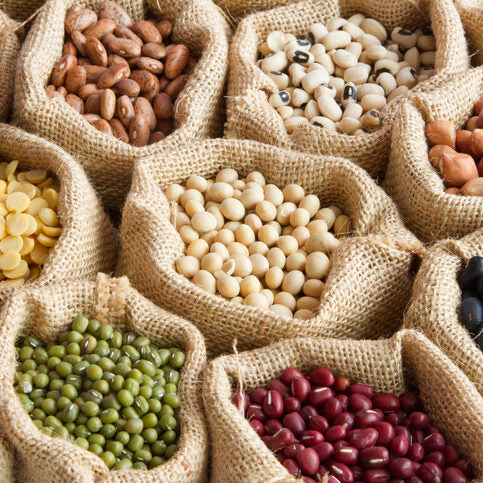Introduction
The Formula diet NUPO meets all international recommendations for daily intakes of protein, essential amino and fatty acids, vitamins, minerals, and trace elements within a daily intake of only 388 kcal. A very low calorie (VLCD) regimen with NUPO as the sole source of nutrition for many months has caused great weight loss without risk in patients with severe obesity. If the prescribed amount of nutrition powder is taken it is justifiable to allow a free choice of additional foods, including less valuable items, as long as the energy allowance is small enough to induce weight loss. Renunciation of popular foods and beverages such as cake, sweets, wine, and spirits is one major reason why many patients do not attempt to diet or, if they do, show poor compliance.
For these reasons, we felt justified in evaluating a 1000 kcal (4.2 MJ) regimen in which a fundament of formula diet is obligatory while at the same time the patients are totally free to manage the remaining energy allowance. The control group was prescribed an isoenergetic conventional slimming diet. This group was allowed diethylpropion in self-governed moderate dosage. Another purpose of the trial was to test a recently developed dietary system based on visual symbols of iso-energetic units (counters).
Methods
86 patients aged between 18 and 59 years with more than 20% overweight were assigned to one of two slimming diets. The test group had an obligatory basis (388 kcal) of a complete formula diet (NUPO) and were allowed a totally free additional choice of food and drink up to 1000 kcal including sweets and alcohol. The control group had a conventional isoenergetic diet excluding all less valuable items (“empty calories”) but were permitted to take an anorectic drug. All patients were instructed and controlled in groups, which saved resources and had psychological advantages. In both regimens, dietary instructions were conducted within a new educational system based on isoenergetic, exchangeable units of everyday food and drink, visualized as illustrated symbols (counters).
Results
After 12 weeks, weight loss was insignificantly better on a conventional diet (8,9 kg) than in the test group (7,5 kg). By contrast, the latter group had better compliance, as evidenced by a significantly smaller dropout rate (p < 0,05). Repeated registration of energy intake showed that the consumption of “empty calories” was moderate in the test group, amounting to ab. 10% and that excess intake were primarily due to increased consumption of foods rich in fiber. Complaints of side effects were negligible in both groups. The counter diet system made instruction and control easy.
Conclusion
We conclude that a free qualitative food choice, made possible by the sufficiency of the formula diet as a basis, is a realistic, effective, and responsible alternative to conventional dietary treatment of obesity.
For the full study, click here.

